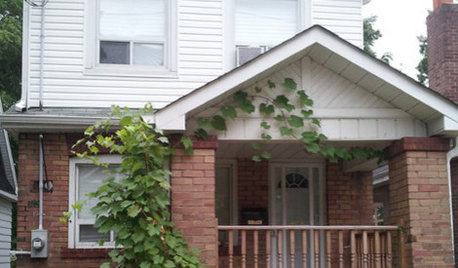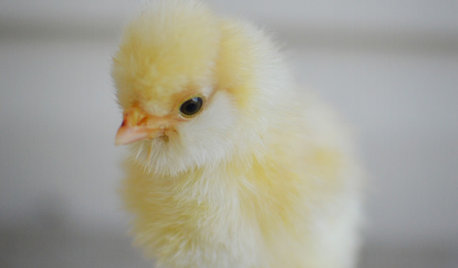Badly needing help with my Himalayan Cedars
FraTx
9 years ago
Related Stories

LIFEDecluttering — How to Get the Help You Need
Don't worry if you can't shed stuff and organize alone; help is at your disposal
Full Story
WINTER GARDENINGHow to Help Your Trees Weather a Storm
Seeing trees safely through winter storms means choosing the right species, siting them carefully and paying attention during the tempests
Full Story
PETS6 Ways to Help Your Dog and Landscape Play Nicely Together
Keep your prized plantings intact and your dog happy too, with this wisdom from an expert gardener and dog guardian
Full Story
STANDARD MEASUREMENTSThe Right Dimensions for Your Porch
Depth, width, proportion and detailing all contribute to the comfort and functionality of this transitional space
Full Story
COLORPaint-Picking Help and Secrets From a Color Expert
Advice for wall and trim colors, what to always do before committing and the one paint feature you should completely ignore
Full Story
ENTRYWAYSHelp! What Color Should I Paint My Front Door?
We come to the rescue of three Houzzers, offering color palette options for the front door, trim and siding
Full Story
LANDSCAPE DESIGNHow to Help Your Home Fit Into the Landscape
Use color, texture and shape to create a smooth transition from home to garden
Full Story
HOUZZ TOURSMy Houzz: 38 Years of Renovations Help Artists Live Their Dream
Twin art studios. Space for every book and model ship. After four decades of remodeling, this farmhouse has two happy homeowners
Full Story
FURNITUREHow to Buy a Quality Sofa That Will Last
Learn about foam versus feathers, seat depth, springs, fabric and more for a couch that will work for years to come
Full Story
PETSWhat You Need to Know Before Buying Chicks
Ordering chicks for your backyard coop? Easy. But caring for them requires planning and foresight. Here's what to do
Full StoryMore Discussions










sc77 (6b MA)
FraTxOriginal Author
Related Professionals
Norfolk Landscape Architects & Landscape Designers · Beavercreek Landscape Architects & Landscape Designers · Marco Island Landscape Architects & Landscape Designers · Southfield Landscape Architects & Landscape Designers · Winder Landscape Architects & Landscape Designers · Roxbury Crossing Landscape Architects & Landscape Designers · Wilmington Landscape Contractors · Bedford Landscape Contractors · Brookline Landscape Contractors · Framingham Landscape Contractors · Goodlettsville Landscape Contractors · Kettering Landscape Contractors · Las Vegas Landscape Contractors · Siloam Springs Landscape Contractors · Cheshire Gardeners & Lawn Careoutback63 Dennison
sc77 (6b MA)
ken_adrian Adrian MI cold Z5
FraTxOriginal Author
Embothrium